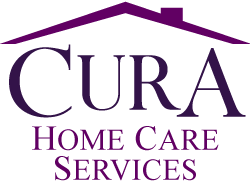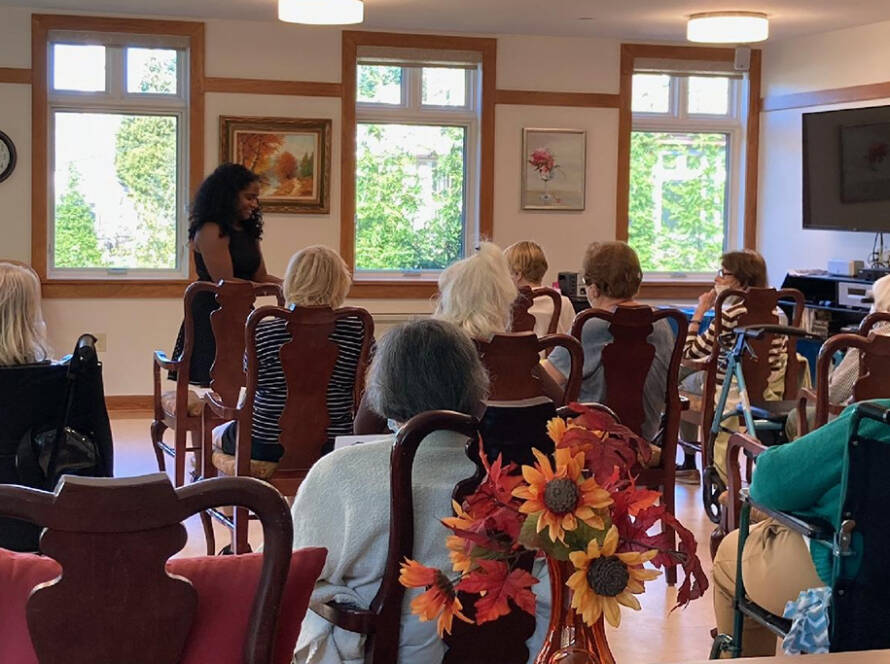Why do some seniors fall or slip?
Older adults are either active or inactive. The active member of the senior community will walk, work, get in and out of chairs, or take an exercise class. But their bodies do not always respond the way they would like. For the inactive member of the senior community, slips and falls are generally caused by illness or injury before the fall. Ways to treat seniors following the fall and other ways to prevent the fall from repeating are discussed later in the article. Let’s first take a look at where injury occurs.
Injuries at home
At home, many features of daily life can become dangerous as we age. As a senior’s eyesight becomes impaired they may experience dizziness or lightheadedness and ultimately fail to see obstructions in their sight-path. Medication taken by seniors can also cause a slip and fall. Some drugs cause the following symptoms that can contribute to falls: loss of appetite, nausea, vertigo, numbness or tingling, dehydration, pneumonia, pressure sores among other ailments.
Injuries outside the home
Outside the home, the dangers are just as numerous and often unforeseen. Stairs can be uneven, missing parts, or rickety and unstable with no railing. Once down the stairs, the sidewalk is now their nemesis. An uneven or broken sidewalk and slick sidewalks from puddles or ice, can cause a senior to fall. And that is directly outside your home. The dangers are multiple.
If a senior falls, what happens next?
Since falls are one of the main reasons that seniors are injured or die, treatment directly after the fall is critical. First, take your senior to the doctor. Diagnostic tests may help find the why of the fall. Second, determine other contributors to the fall by looking at factors such as poor health, poor fitness, problem medications, chronic disease, surgical procedures, and environmental and behavioral hazards. By evaluating these factors, plus observing and listening to the patient, you can shape a plan to recover and avoid future falls.
After a fall, senior care should be based on the injury and their surroundings. If the patient needs a cane or a walker, teach the patient how to use it properly. If the patient needs to continue medication, explain what the medication is for, what it does, and what to look out for in terms of side effects that might lead to a fall. If the patient needs to have their home modified for safety, do so by contacting specialized contractors and equipment providers.
Senior Home Modifications
Senior home modification is like baby-proofing your house. Modification can include touch operated light switches and night lights at both ends of hallways, stairwells, and bathrooms. If the senior must go to the bathroom at night, make arrangements next to the bed to avoid moving about at night. Otherwise, raise the toilet seat to help alleviate any danger. Make sure that the hand-railings throughout the house are safe for use. Make sure chair heights enable easier sitting and standing for the senior. Placing furniture in the lines of sight and ensuring walkways are not obstructed are also important steps. But dangers outside of the furniture exist. Inside the kitchen, place all the frequently used items in lower cabinets within easy reach of the senior. In addition, hiring carpenters and contractors that are skilled in senior modifications can help. They can alter sinks, shelving, stairs, walkways and outdoor spaces to improve ease of use and safety.
Risk Prevention Outside the Home
Preventing falls from happening outside the home is just as important. On the steps leading into the house, place reflective color strips to light the steps and pathways. Make sure that steps are sturdy and free from obstruction with no breaks, and that railings are secure. Also, ensure the lighting outside the house is motion activated and bright enough to help navigate the pathway in the dark hours of the night.
Other Resources
If you live in Fairfield County, Connecticut, you can go to the following webpages:
https://curahomecaresvcs.com/work/community-links/
https://www.seniorgotoguide.com/stamford/ which offer information and numbers to assist the local senior community with housing, activities, tax help, medical bill assistance, and utility assistance. You can also access senior discounts and transportation services such as Silver Source, Inc., Access Ambulance Company Inc., and others.
In conclusion, seniors who need help and education about falling prevention, safety, and home modifications have resources at their fingertips. If you need help making a senior’s life safer, please reach out to Cura Home Care Services. Safety is a central part of our mission.
BIBLIOGRAPHY
- Solitto, Mario. “7 Things That Cause the Elderly to Fall” National Council on Aging (NCOA). https://www.agingcare.com/falls-in-elderly-people-133953. Web access on July 18, 2021.
- Am Fam Physician. “What Causes Falls in the Elderly? How Can I Prevent a Fall?” https://www.aafp.org/afp/2000/0401/p2173. Web access on July 18, 2021.
- CDC. “Keep on Your Feet-Preventing Older Adult Falls.” https://www.cdc.gov/injury/features/older-adult-falls/index.html/ Web access on July 18, 2021.
- Daily Caring. “6 Age-Related Changes That Increase Senior Fall Risk.” https://dailycaring.com/why-do-seniors-fall-down/ Web access on July 18, 2021.
- Basaraba, Sharon. “Reasons Why Elderly People May Fall.” Very Well Health. Medically reviewed by Elizabeth Molina Ortiz, MD, MPH on July 20, 2000. https://www.verywellhealth.com/why-do-older-people-fall-2224159/. Web access on July 18, 2021.
- Rubenstein, Laurence Z, MD. “Falls in Older People”. Merck Manual Consumer Version. https://www.merckmanuals.com/home/older-people’s-health-issues/fall-in-older-people/falls-in-older-people/. April 2021. Web access on July 18, 2021.
- World Health Organization. “Falls.” https://www.who.int/news-room/fact-sheets/detail/falls/. April 26. 2021. Web access on July 18, 2021.
- National Council on Aging. NCOA. “Get the Facts on Falls Prevention.” https://www.ncoa.org/article/get-the-facts-on-falls-prevention/. July 14, 2021. Web access on July 18, 2021.
- Bayada. “Why Are Falls So Dangerous for the Elderly? https://blog.bayada.com/be-healthy/why-are-falls-so-dangerous-for-the-elderly/ Sept.30, 2016. Web access on July 18, 2021.
- National Institute on Aging. “Fall-Proofing Your Home.” https://www.nia.nih.gov/healt/fall-proofing-your-home/ NIH. Web access on July 18, 2021.
- Theodis, Phyllis. “Fall prevention in frail elderly nursing home residents: a challenge to case management: part II.” National Library of Medicine-National Center for Biotechnology Information. PubMed.gov. https://pwomen.ncbi.nlm.nih.gov/15076837/ PMID: 15076837. DOI: 10.1097/0012934-200401000-00007.
- “Senior Go to Guide: A Directory of Helpful Information for Seniors and Their Families. https://www.seniorgotoguide.com/stamford/.
- Westchester Family Care. “Local Resources for Seniors and Caregivers in Fairfield County, Connecticut.” https://www.westchesterfamilycare.com/resources/ct-local-resources/. Web access on July 18, 2021.
- Kernisan, Leslie MD, MPH. “Preventing Falls: 10 Types of Medication to Review: You’re Concerned About Falling.” https://betterhealthwhileaging.net/preventing-falls-10-types-of-medications-to-review/. Updated April 2020. Web access on July 19, 2021.






